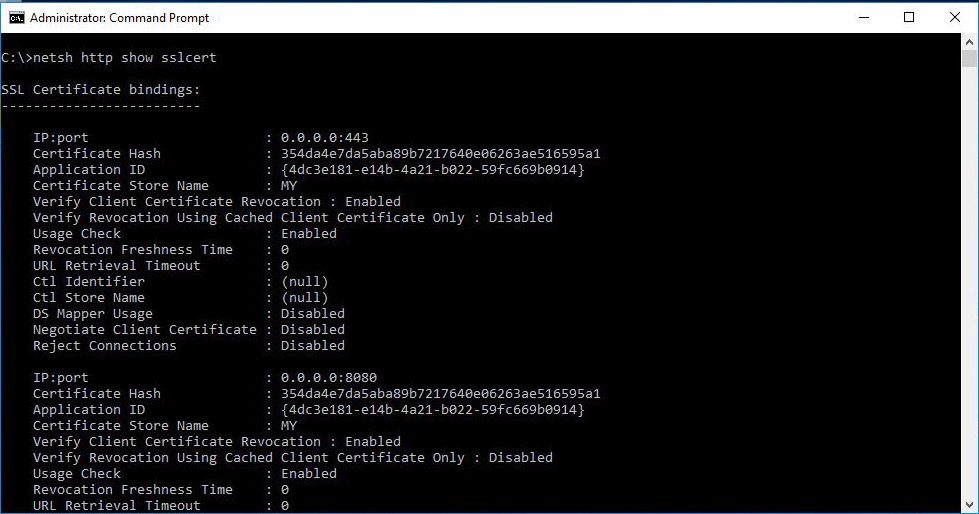Introduction to Azure Log Analytics
For the last couple of years I had the change to work with OMS and take advantage of it's great features. To my opinion, log analytics is a great way to take control of operations and produce all kinds of reports related to the applications, the infrastructure that supports them and even the clients that are using them.
I've decided to write a few articles on configuring the OMS workspace, an OMS Gateway, installing the agents on Windows and Linux computers and of course analyzing data and creating dashboards and graphs.
I hope you have the chance to work with OMS on a production environment and I strongly recommend giving it a try on your lab using the free plan.
We'll start with provisioning an OMS Workspace using the Azure Portal. After logging in, select "Create a resource" and then search for "Log Analytics". This will bring you to a page like the one below, to start the creation of the workspace.
The next step is to name your workspace, select a subscription to use and a resource group, the location and the pricing plan.
The provisioning of the workspace will start after hitting OK. When the process is completed, you'll be able to access the settings of the workspace.
For now, we are going to focus on the "Advanced settings", "Log Search" and OMS Portal" options.
The advanced options page will provide the connection information for the agents, the connected sources and the data to collect.
The Log Search option will open a page to query the information on the workspace and will also provide a link to the Advanced Analytics query page.
The OMS Portal will redirect you to the portal page of the workspace where we are going to create our diagrams and manage the solutions.
On the next article of the series, we are going to add the application logs we would like to collect, a couple of performance counters and we are going to setup the first agent.
Have fun!
Related articles
Introduction to Azure Log Analytics
Configuring Log and Performance Counter collection on the OMS Workspace
Install and Configure the OMS Windows Agent
Verify the Agent Connectivity to OMS Workspace
Deploying the OMS Windows Agent using DSC
Querying OMS for Performance Data
Querying OMS for Events
Collecting IIS Log Files
Install and Configure the OMS Linux Agent
Syslog Message Collection for OMS from sources that do not support the agent
Generating Alerts on OMS
Update Management using OMS
Monitoring Active Directory Health using OMS
Assessing Security using OMS
Monitoring Microsoft SQL using OMS
Monitoring Azure Activity Log using OMS
We'll start with provisioning an OMS Workspace using the Azure Portal. After logging in, select "Create a resource" and then search for "Log Analytics". This will bring you to a page like the one below, to start the creation of the workspace.
The next step is to name your workspace, select a subscription to use and a resource group, the location and the pricing plan.
The provisioning of the workspace will start after hitting OK. When the process is completed, you'll be able to access the settings of the workspace.
For now, we are going to focus on the "Advanced settings", "Log Search" and OMS Portal" options.
The advanced options page will provide the connection information for the agents, the connected sources and the data to collect.
The Log Search option will open a page to query the information on the workspace and will also provide a link to the Advanced Analytics query page.
The OMS Portal will redirect you to the portal page of the workspace where we are going to create our diagrams and manage the solutions.
On the next article of the series, we are going to add the application logs we would like to collect, a couple of performance counters and we are going to setup the first agent.
Have fun!
Related articles
Introduction to Azure Log Analytics
Configuring Log and Performance Counter collection on the OMS Workspace
Install and Configure the OMS Windows Agent
Verify the Agent Connectivity to OMS Workspace
Deploying the OMS Windows Agent using DSC
Querying OMS for Performance Data
Querying OMS for Events
Collecting IIS Log Files
Install and Configure the OMS Linux Agent
Syslog Message Collection for OMS from sources that do not support the agent
Generating Alerts on OMS
Update Management using OMS
Monitoring Active Directory Health using OMS
Assessing Security using OMS
Monitoring Microsoft SQL using OMS
Monitoring Azure Activity Log using OMS








